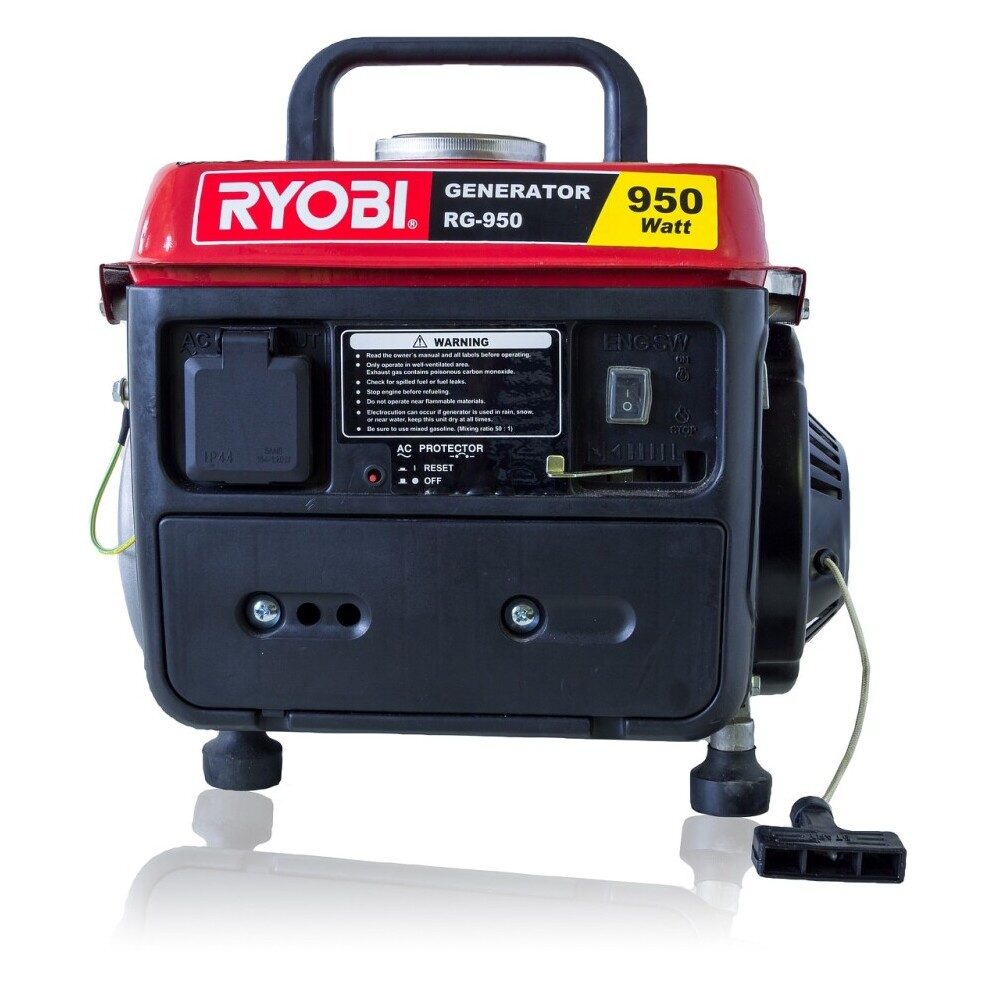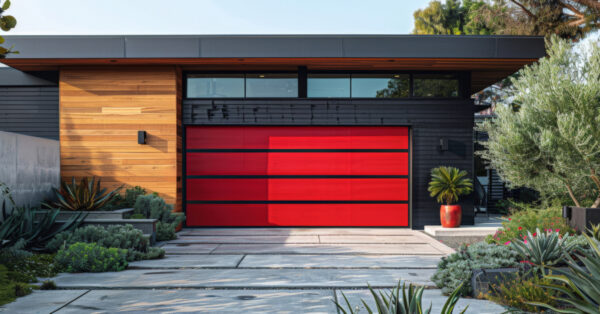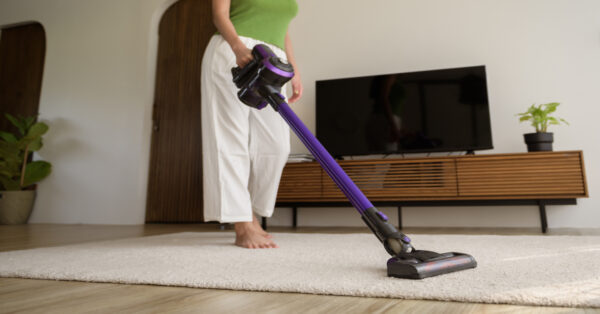Ready to keep the lights on during your next power outage? Let’s break down the essentials of home generators, so you’re not left in the dark.
First up, the types of home generators. There are two main ones: portable and standby. Portable generators are handy for quick fixes and can be moved around, but they need manual setup. Standby generators, on the other hand, are fixed in one spot and kick in automatically when the power goes out.
Why should you consider a home generator? Besides the obvious benefit of keeping your home powered, they can prevent food spoilage, keep medical devices running, and maintain your home’s security systems. Basically, they offer peace of mind.
Alright, onto the bones of a generator. Each one has a motor, alternator, fuel system, voltage regulator, cooling and exhaust systems, battery charger, control panel, and a main assembly. Sounds like a lot, but each part plays a crucial role in making sure your power stays on when you need it.
Before you rush out to buy one, think about these factors: power needs (how much juice do you need?), budget (how much can you spend?), fuel type (gasoline, propane, or diesel?), noise levels (some generators can be pretty loud), and space for installation (where are you going to put this thing?).
Safety is a big deal with generators. Always use them in well-ventilated areas to avoid carbon monoxide poisoning. Keep them dry to avoid electrical shocks, and never plug a generator directly into a wall outlet to prevent backfeeding, which can be dangerous to you and utility workers.
Can You Install a Home Generator Yourself?
Thinking about going the DIY route? Here’s what you need to know before rolling up your sleeves.
DIY installation has its perks, like saving some cash and giving you that sweet sense of accomplishment. But it also comes with its downsides, such as potential safety risks and voiding your warranty. Weighing these pros and cons can help you make the right call.
So what do you need in terms of skills and tools? Basic electrical knowledge is a must, along with being comfortable using tools like drills, wrenches, and voltmeters. Having the generator’s manual within reach can be a lifesaver too.
Ready to give it a shot? Here’s a step-by-step guide for installing a portable generator:
- Choose a safe location: Generators should be kept outside, away from windows, doors, and vents to prevent carbon monoxide buildup inside your home.
- Install a transfer switch: This device connects the generator to your home’s electrical panel, allowing for a safe and efficient power transfer. Make sure to turn off the main power before starting this step.
- Use appropriate extension cords: Heavy-duty, outdoor-rated cords are essential for connecting appliances to the generator. Don’t overload the generator by plugging in too many devices at once.
- Start the generator: Follow the manufacturer’s instructions for fueling and starting the generator. Keep an eye on fuel levels, and never refuel while it’s running.
Common mistakes can trip up even the most enthusiastic DIYers. Avoid using makeshift connections or skipping the transfer switch — that’s a big no-no. Incorrectly sizing the generator for your power needs can also lead to issues.
Still unsure? No shame in calling a pro. If you hit a snag or feel uncomfortable at any point, bringing in an expert can save you a lot of hassle and make sure everything’s done safely.
Connecting a Portable Generator to Your Home
Safety first! Before doing anything, make sure your generator is in a dry, open space, far from any windows, doors, and vents. Carbon monoxide is no joke.
Next, gather the necessary equipment. A good transfer switch, heavy-duty extension cords, and maybe a generator power inlet box are essential. A transfer switch is a game changer; it connects your generator to your home’s electrical system safely and efficiently.
Start by turning off all power to your home. Safety, safety, safety. Then, install the transfer switch to your home’s electrical panel. Most setups involve wiring the transfer switch to the panel, which might require a bit of elbow grease.
Now, connect your generator to the transfer switch using the right gauge cords. Stick to outdoor-rated, heavy-duty cords to ensure your generator can handle the load without overheating or causing other issues.
Power up your generator, but not in a rush. Let it run for a bit while you double-check everything’s in order. Once you’re confident, switch on the transfer switch to direct power to the circuits you need most. This way, you’re only powering essential appliances and systems, avoiding overload.
Follow the manufacturer’s instructions to the letter. These guys know their stuff, and their guidelines are designed to keep you safe and your generator working efficiently.
Testing the connection is a crucial step. Flip switches, plug in devices, and make sure everything is functioning correctly. If something’s off, troubleshoot by checking all the connections and cords. Look for loose connections, check the fuel, and ensure there’re no overloads.
Remember those troubleshooting tips. If you encounter any hiccups like a generator not starting or appliances not working as expected, revisit your connections and cords. Sometimes, it’s a simple fix like a reset button or switching the extension cord.
Professional Installation: Is an Electrician Necessary?
Ever wondered if you should just leave it to the pros? There’s a lot to consider when thinking about professional installation of a home generator.
Hiring a licensed electrician comes with several perks. First, they bring expertise and experience to the table, ensuring the job gets done right and safely. Electricians are up-to-date with the latest codes and safety regulations, which can save you from a lot of headaches down the road.
Local codes and regulations can be a maze. An experienced electrician knows the ins and outs of these rules and will make sure your installation is compliant. This isn’t just about passing inspections — it’s about keeping your home safe.
Cost is always a factor. While professional installation might seem pricey upfront, consider the potential long-term savings. Proper installation prevents costly mistakes and equipment damage. You might find that investing in professional help actually pays off over time.
Risks of improper installation shouldn’t be underestimated. Electrical work is not just about connecting a few wires. A wrong move can lead to electrical fires, damaged appliances, or even worse. Professional installation minimizes these risks and gives you peace of mind.
Choosing a reliable electrician can feel daunting, but look for one with good reviews, proper certification, and extensive experience with generator installations. Don’t be afraid to ask questions or request references — a good electrician will be transparent and willing to share their expertise.
Home generators are essential for ensuring power during outages, but choosing the right type and installing it safely is crucial. While standby generators offer whole-house coverage, portable generators provide flexibility and convenience for various needs. Our comprehensive review of the top 5 portable generators for home use will help you navigate the complex world of portable power solutions and choose the perfect generator that matches your specific home backup and emergency power requirements.
By diving into our detailed review, you’ll gain insights into power output, fuel efficiency, runtime, noise levels, and user-friendly features that will empower you to make an informed decision tailored to your unique household needs. Whether you’re preparing for occasional power outages or seeking a reliable backup power source, our guide is designed to simplify your generator selection process.






2 Responses
Thanks for this comprehensive guide on installing home generators! I never realized how crucial it is to choose the right location and use a transfer switch to avoid potential dangers. The step-by-step breakdown for installing a portable generator is super helpful. I’m curious, though—if someone starts the DIY process and runs into trouble, is it still possible to call in a professional mid-installation, or would that complicate things further? Also, any tips on how to choose the right generator size for different home needs?
Thank you Hanna for your insightful comment!
Calling a Professional: Yes, you can definitely call in a professional if you encounter issues during a DIY installation. It’s advisable to document what you’ve done so far to help them assess the situation and ensure safety.Choosing the Right Generator Size: To select the right size, list essential appliances and calculate their total wattage, including starting and running watts. Consider future needs and use online calculators from generator manufacturers for guidance. Generally, 5,000-7,500 watts is suitable for most homes, while larger homes may need 10,000+ watts. Consulting a local electrician can also provide tailored recommendations.
Selecting the right generator size will be the focus of my next blog in this series, so stay tuned!